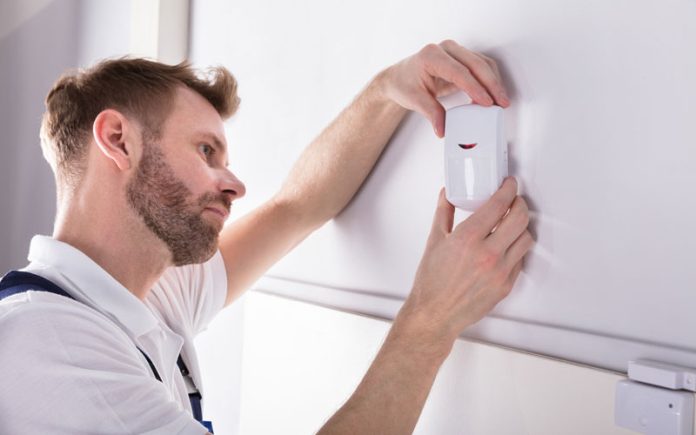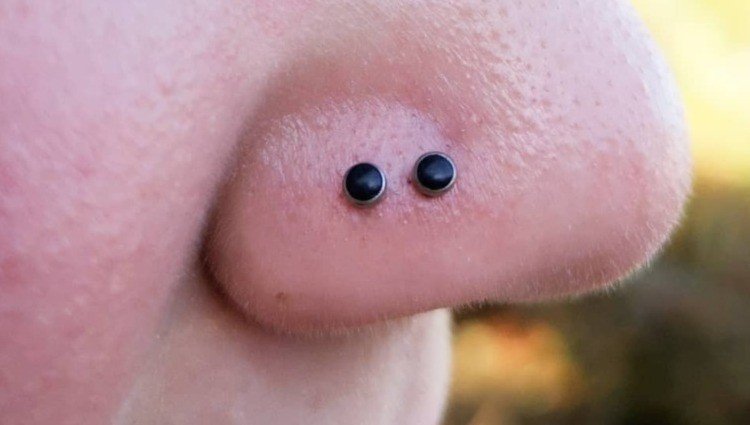Motion sensors are among the most effective and adaptable smart gadgets available when discussing smart home technology. However, there are a few best practices you may want to adhere to if you want to fully benefit from the convenience and security of motion sensors.
Because of this, we’ve chosen to create a guide outlining the how what and where of the greatest applications for motion sensors.
Table of Contents
What Exactly is a Smart Motion Sensor?
These sophisticated gadgets can recognize motion on your property and in the area around it and then take appropriate action. For instance, when a smart motion sensor detects someone entering the room, it instantly turns on the lights.
Or you’ll get a notification on your smartphone if a possible intruder tries to break in. A motion sensor’s main goal is to provide you peace of mind and make it possible for you to run your house more smoothly and efficiently.
Moreover, when paired with video doorbells wirelessly, smart motion sensors offer great benefits.
How Does a Motion Sensor Operate?
In actuality, most smart motion sensors—if not all—use passive infrared (PIR) technology to function. The infrared energy that people and animals emit as a result of body heat is detected by these PIR sensors.
As a result, when the temperature suddenly rises, the motion sensors notice the change and notify the system’s control panel. Additionally, PIR sensors can be set to ignore slight temperature changes.
To put it in another way, you are no longer concerned about your dog accidentally setting off the alarm.
Different Motion Sensors for Your Home
Not all smart sensors are worthwhile investments, including motion sensors. Smart sensors, for instance, can increase the efficiency and security of your home:
Light Sensors: Typically used to automate lighting features on smart home security systems, these sensors measure how much sunlight a home receives.
Temperature Sensors: These sensors are used in smart thermostats to track changes in indoor temperature and recommend energy-efficient settings.
Smoke Detectors: Smart smoke detectors can be set up to send notifications to a smartphone or any other connected device in addition to detecting smoke or fire in a home.
Water Leak Sensors: By alerting your smartphone as soon as they spot a leak, these sensors stop any water damage in our home.
Where to Install Motion Sensors?
You must make sure that smart motion sensors are positioned in the appropriate parts of the house for them to operate to their maximum potential. Consider installing smart motion sensors in the following locations for maximum effectiveness:
Corners: Positioning a smart motion sensor in a room’s corner will provide it with the finest potential view of the area. But make sure there are no obstacles between the sensor and the doorway, and that it is pointed in that direction.
High-traffic Parts of the House: You should install motion sensors in high-traffic areas like your main corridors, stairways, and other places like these to make sure that the alarm will go off if an attacker attempts to enter from somewhere else.
Front and Back Doors: Installing motion sensors directly above doorways prevents people from seeing them while also making it very impossible for an intruder to enter without setting off the alarm.
Near to Your Valuables: Place a smart motion sensor behind or close to valuables to ensure that if an intruder tries to steal or move them, the alarm will go off.
Basements: Burglars can try to enter your home from your basement. Installing motion sensors in your basement is a wise idea as a result. The sensors should be pointed at windows and doors with no obstructions for the best results. Watch the video for home security guide from first energy home.
How to Use Motion Sensors in Your Home?
Now that you are aware of what a motion sensor is, how it functions, and where it should be installed, determining how motion sensors can be employed in your home is thus the next step.
One of the most popular applications for smart motion sensors is to secure doors, windows, and any other entryways where burglars would try to enter.
Get the most out of your smart motion sensors by placing them under sinks, dishwashers, and any other appliance that may leak so that you can spot leaks and changes in water temperature.
You should use motion sensors to automate your lights. After being set up, sophisticated motion sensors may turn your lights on and off whenever someone enters or exits a room. To put it another way, you are no longer concerned about forgetting to change the lights.
Final Thoughts
Smart motion sensors are a good place to start if you’re considering installing a smart home because they are reasonably priced. These adaptable gadgets assist you in enhancing the security of your home and even in lowering the amount of energy used each day. Check nest thermostats for sale at first energy home.







